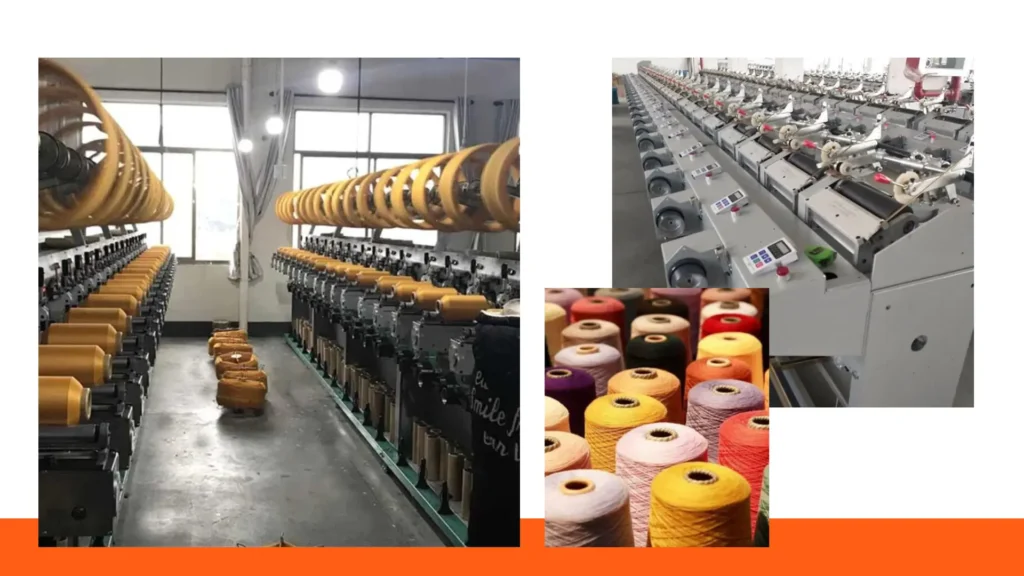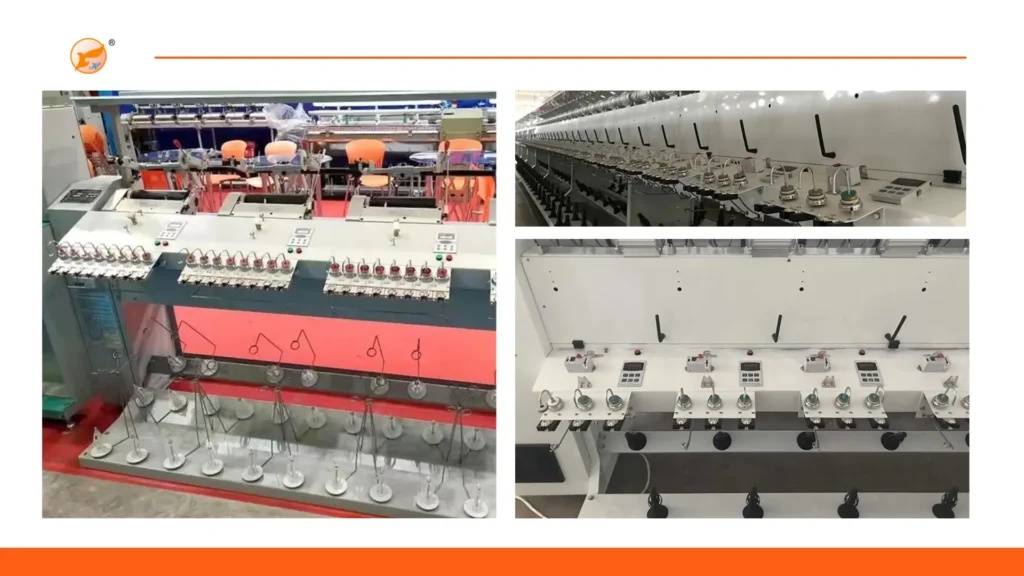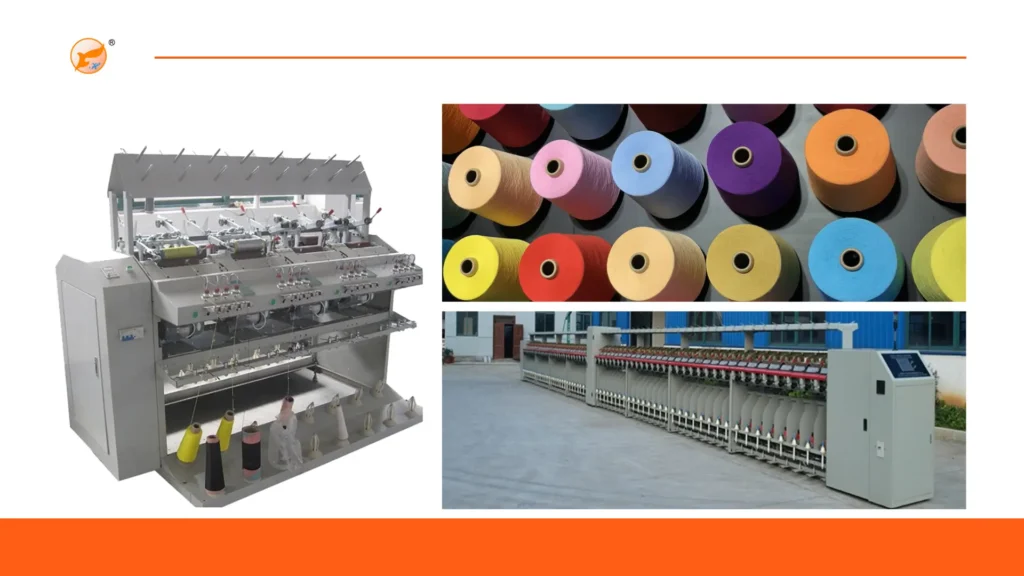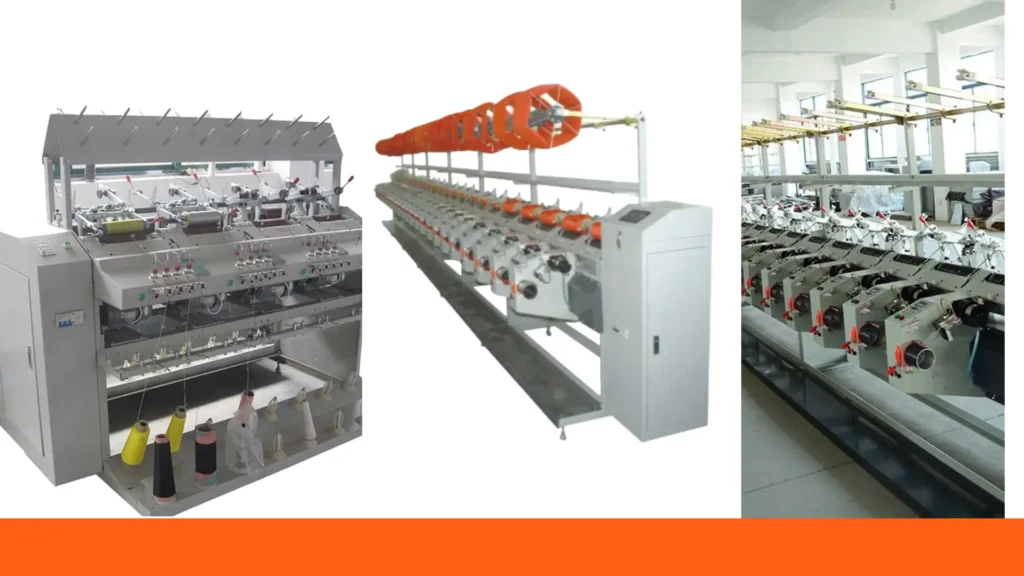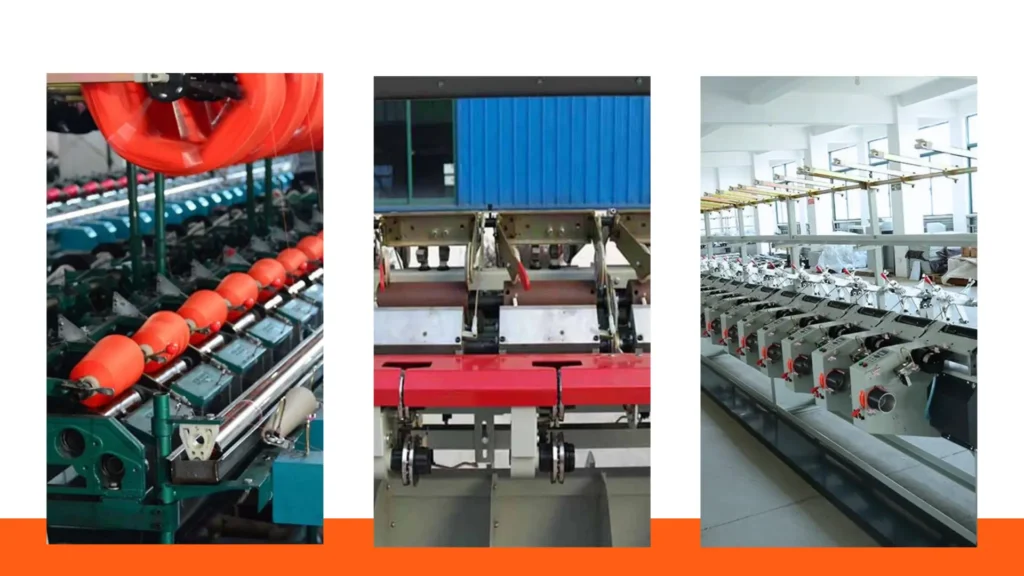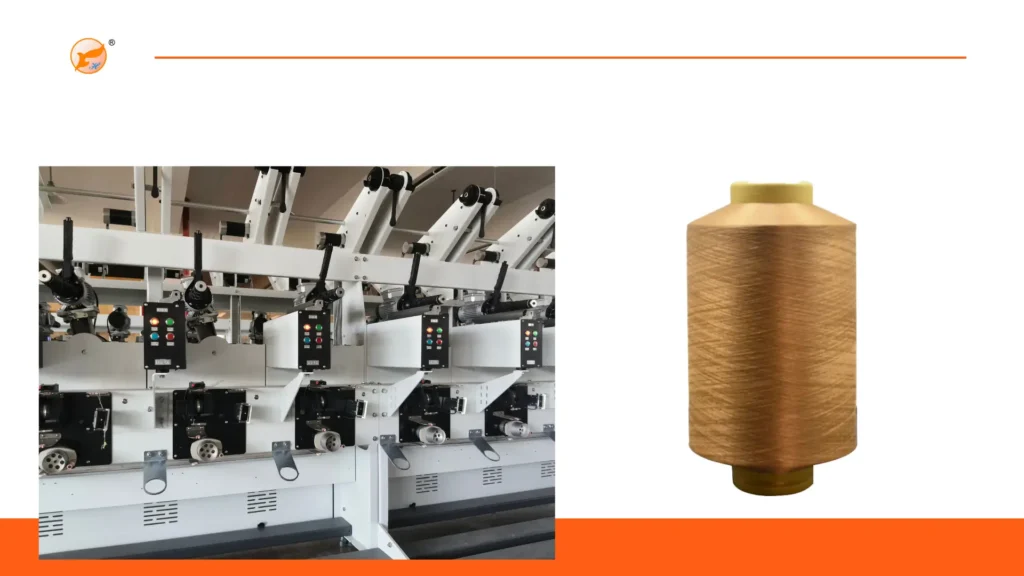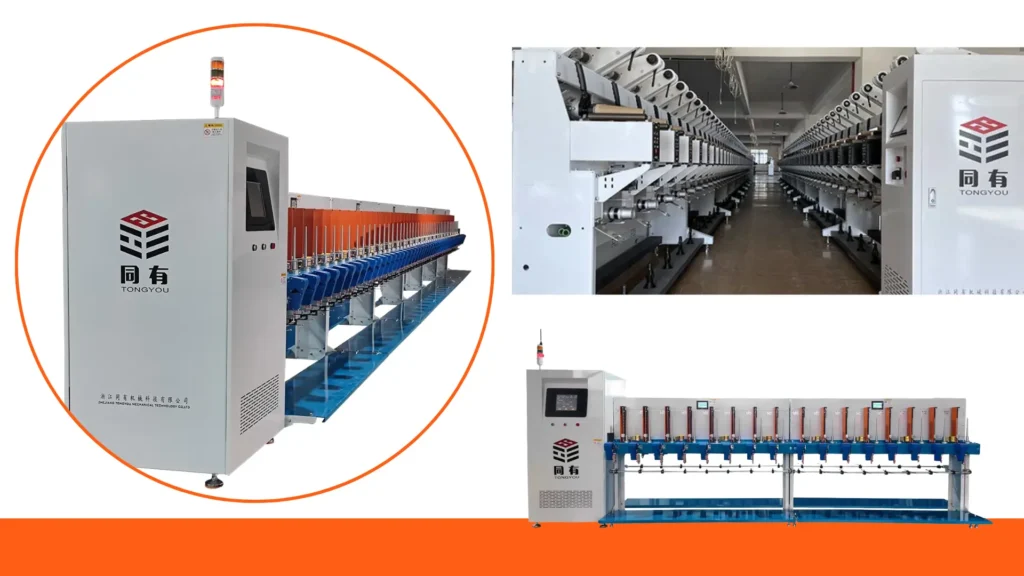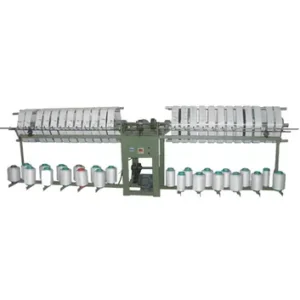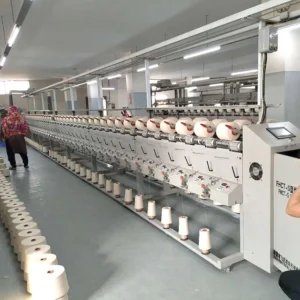The textile industry is undergoing a green revolution as consumers demand more sustainable fashion options.
Traditional dyeing methods, known for their heavy water usage and chemical pollution, are being replaced by innovative eco-friendly alternatives.
This article explores the latest advancements in environmentally conscious dyeing techniques that reduce ecological impact while maintaining vibrant colors and quality.
Whether you’re a fashion brand or conscious consumer, understanding these developments can help make more sustainable choices.
Why Are Traditional Dyeing Methods Problematic for the Environment?
Excessive Water Consumption
Traditional dyeing techniques are notorious for their staggering water demands.
The textile industry, which relies heavily on these methods, consumes vast quantities of freshwater—often requiring up to 150 liters per kilogram of fabric.
This intensive usage exacerbates water scarcity in regions already facing shortages, putting additional stress on local ecosystems and communities.
Moreover, the wastewater from dyeing processes is frequently released untreated, further degrading the limited freshwater supplies available for drinking and agriculture.
Toxic Chemical Discharge
Many conventional dyes, particularly synthetic ones, contain hazardous chemicals such as lead, mercury, and formaldehyde.
When these substances are discharged into rivers and lakes, they contaminate aquatic habitats, poisoning fish and disrupting delicate ecosystems.
The long-term effects are devastating, as these toxins accumulate in the food chain, eventually posing health risks to humans who rely on contaminated water sources or consume affected seafood.
Efforts to regulate chemical runoff are often inadequate, leaving many waterways permanently damaged.
High Energy Requirements
The dyeing process typically involves heating large volumes of water to high temperatures, a step that demands substantial energy input.
Most textile factories rely on fossil fuels to generate this energy, resulting in significant greenhouse gas emissions.
The carbon footprint of conventional dyeing contributes heavily to climate change, making the textile industry one of the largest industrial polluters.
And More:
- Innovative Eco-Dyeing Methods for Sustainable Fashion
- Top 10 Yarn color card machine manufacturers in China
What Natural Dye Alternatives Are Gaining Popularity?
Plant-Based Dyes from Agricultural Byproducts
A growing movement in sustainable fashion involves repurposing food waste into vibrant natural dyes.
Avocado pits, onion skins, and walnut husks—materials typically discarded—are now being transformed into rich, eco-friendly pigments.
These plant-based dyes not only reduce waste but also eliminate the need for toxic chemicals, offering a safer alternative for both workers and the environment.
The resulting colors range from soft pinks to deep browns, proving that sustainability does not compromise aesthetic appeal.
Microbial Pigmentation
Scientists are exploring the potential of microorganisms, such as bacteria and fungi, to produce sustainable dyes.
Certain strains naturally secrete pigments in vivid hues, which can be cultivated in labs with minimal environmental impact.
This innovative approach not only reduces pollution but also opens doors to customizable, living color systems that adapt to different textile needs.
Mineral-Based Coloring
Another promising alternative comes from the earth itself—minerals and clays provide a palette of natural colors without the ecological harm of conventional dyes.
Ochres, iron oxides, and other mineral pigments have been used for centuries in traditional crafts and are now being reintroduced into modern textile production.
These materials require little processing, drastically cutting down on water and energy use while delivering durable, fade-resistant colors.
Their non-toxic nature makes them ideal for eco-conscious brands seeking sustainable yet long-lasting dye solutions.
How Is Digital Printing Revolutionizing Textile Dyeing?
Significant Water Reduction
Digital printing has emerged as a game-changer in textile dyeing by slashing water consumption dramatically.
This reduction is critical in regions facing water scarcity and helps textile manufacturers minimize their environmental footprint.
Precise Color Application
The precision of digital inkjet technology ensures that dyes are applied only where needed, drastically reducing excess dye runoff and chemical waste.
Traditional dyeing often leads to over-saturation and uneven coloring, requiring additional corrective steps.
Digital printing, however, allows for intricate designs and gradients without wasteful overspray, optimizing dye efficiency.
This accuracy not only conserves resources but also enhances design flexibility, enabling vibrant, high-resolution patterns with minimal environmental impact.
On-Demand Production Capabilities
Digital printing supports small-batch and made-to-order manufacturing, which helps combat the industry’s overproduction problem.
Conventional dyeing often leads to excess inventory due to large minimum order requirements, resulting in unsold stock that ends up in landfills.
With digital systems, brands can produce textiles as needed, reducing fabric waste and lowering storage costs.
This shift toward on-demand production aligns with sustainable fashion principles, promoting a more circular and less wasteful industry model.
What Breakthroughs Exist in Waterless Dyeing Technologies?
Supercritical CO₂ Dyeing
One of the most innovative advancements in sustainable dyeing is supercritical CO₂ technology, which replaces water with pressurized carbon dioxide as the dye solvent.
In this closed-loop system, CO₂ becomes a supercritical fluid, efficiently carrying dyes into fabrics before being recycled and reused.
The process consumes no water, generates no wastewater, and significantly reduces energy use compared to conventional methods.
Brands adopting this technology benefit from vibrant, long-lasting colors while drastically cutting their environmental impact.
AirDye Technology
AirDye represents a groundbreaking shift in textile dyeing by using air instead of water to transfer dyes onto fabrics.
The process involves printing dye particles onto a carrier paper, which are then heat-transferred to textiles using specialized machinery.
This method completely eliminates water usage and reduces energy consumption by up to 85% compared to traditional dyeing.
AirDye also allows for precise color application, minimizing dye waste and enabling intricate, high-quality prints without the ecological drawbacks of conventional techniques.
Plasma Treatment Dyeing
Plasma treatment is an emerging waterless dyeing method that modifies fabric surfaces at a molecular level to enhance dye absorption.
This pre-treatment step can cut water and chemical usage by up to 50% in subsequent dyeing processes.
Plasma technology not only conserves resources but also improves dye fastness, making it a promising solution for sustainable textile production.
How Are Biotechnology Innovations Changing Dye Production?
Engineered Microorganism Dyes
Biotechnology has unlocked the potential of genetically modified microorganisms to produce sustainable, high-quality dyes.
Companies are now programming bacteria and yeast to secrete pigments in precise, consistent colors—from deep indigos to bright scarlets—through controlled fermentation processes.
The microorganisms feed on renewable feedstocks like plant sugars, creating a carbon-neutral production cycle that could revolutionize textile coloration while protecting ecosystems.
Enzyme-Assisted Dyeing
Enzymes are transforming dye application by acting as natural catalysts that improve fabric-dye bonding.
Specially designed enzymes help textile fibers open their structures to accept dyes more readily, significantly reducing the need for toxic mordants and chemical fixatives.
This biological approach cuts chemical use by up to 40% while achieving superior color fastness.
The process works at lower temperatures than conventional dyeing, slashing energy consumption and making it compatible with delicate natural fibers like silk and organic cotton.
DNA Color Sequencing
The most futuristic innovation in dye technology uses genetic coding to create customized colors.
Scientists can now translate specific color profiles into DNA sequences, which are then inserted into microbial hosts that produce the exact desired pigment.
This method allows for unprecedented color precision and the ability to recreate rare natural hues without harvesting endangered plants or minerals.
What Role Do Recycling Technologies Play in Sustainable Dyeing?
Dye Recovery Systems
Modern filtration technologies are tackling one of dyeing’s biggest waste problems through sophisticated recovery systems.
Specialized membranes and electrochemical processes can now extract up to 95% of unused dyes from wastewater, purifying and concentrating them for reuse.
These systems not only prevent hazardous dye discharge into waterways but also significantly reduce the need for fresh dye stocks.
Some advanced recovery units even separate complex dye mixtures into their original components, creating a circular resource flow that cuts both pollution and production costs.
Textile-to-Textile Color Recycling
Pioneering chemical processes now enable the harvesting of dyes from discarded garments for reuse in new textiles.
Through controlled dissolution techniques, colorants are carefully extracted without damaging their molecular structure, then reapplied to fresh fabrics.
This innovation could transform textile waste into a valuable dye resource, particularly for difficult-to-recycle blended fabrics.
Early implementations show particular promise for black dyes—traditionally the most chemically intensive colors to produce—creating a potential solution for fashion’s black garment recycling challenge.
Closed-Loop Water Systems
State-of-the-art water treatment systems are making near-total water recycling possible in dye facilities.
These integrated systems combine ultrafiltration, reverse osmosis, and advanced oxidation to purify water to near-virgin quality after each dyeing cycle.
The cleaned water returns to production while recovered heat energy gets redirected to warm incoming water streams.
Leading implementations have achieved 98% water reuse rates, transforming dye houses from water-guzzling operations into models of industrial conservation—particularly crucial for factories located in water-stressed regions.
Also Read:
Reducing Water Usage in Textile Dyeing Processes
How Can Brands Transition to Eco-Friendly Dyeing Practices?
Partnering with Certified Suppliers
Brands committed to sustainability should prioritize collaborations with textile suppliers holding recognized certifications like GOTS (Global Organic Textile Standard) or Bluesign.
These certifications verify that facilities meet strict environmental and social criteria, including responsible chemical management, water conservation, and ethical labor practices.
Many leading fashion labels now publish their supplier lists to demonstrate traceability and commitment to verified sustainable practices.
Investing in New Technologies
Forward-thinking brands are allocating resources to adopt innovative dyeing technologies that offer long-term environmental benefits.
Waterless dyeing systems like supercritical CO₂ or AirDye eliminate water consumption entirely, while digital printing reduces water use by over 90% compared to conventional methods.
Although the initial capital expenditure is substantial, these technologies typically offer lower operational costs through reduced water, energy and chemical needs.
Some progressive companies are establishing innovation hubs to test emerging solutions before full-scale implementation, ensuring both ecological and commercial viability.
Educating Consumers
Transparent communication about sustainable dyeing processes helps brands differentiate themselves while educating customers.
Many consumers remain unaware of traditional dyeing’s environmental impact or the availability of greener alternatives.
Some companies include QR codes on garments that link to detailed information about the dyeing process.
This educational approach not only builds trust but also creates market demand for sustainable products, encouraging wider industry adoption.
What Challenges Remain in Adopting Green Dyeing Methods?
Higher Initial Costs
The transition to sustainable dyeing faces significant financial barriers, with eco-friendly technologies often costing 2-3 times more than conventional systems.
Small and medium enterprises particularly struggle with the capital required for new equipment and process retraining.
Industry-wide cost reductions are expected as technologies mature and adoption increases.
Scaling Production
Many innovative dyeing methods face limitations in production capacity compared to traditional systems.
Technologies like microbial dyeing or plasma treatment currently work best for small batches, creating challenges for brands requiring large-volume production.
The textile industry’s existing infrastructure is optimized for conventional methods, making rapid scaling difficult.
Continued research and development is crucial to improve throughput without compromising environmental benefits.
Color Fastness Standards
Meeting industry durability requirements with eco-friendly dyes presents ongoing technical challenges.
While advancements in enzyme treatments and dye-fixing agents have improved performance, some sustainable options still can’t match the longevity of synthetic dyes.
Ongoing material science research is gradually closing this performance gap through innovative molecular bonding techniques.
And More:
- Biodegradable Dyeing Methods for Creating Sustainable Textile Products
- The Role of Natural Dyes in Sustainable Textile Manufacturing
Conclusion
The progress in environmentally conscious dyeing techniques offers exciting solutions for a more sustainable textile industry.
From waterless technologies to biological dyes, these innovations demonstrate that vibrant fashion doesn’t have to come at the planet’s expense.
While challenges remain in implementation and scaling, the environmental benefits make sustainable dyeing an essential investment for the industry’s future.

